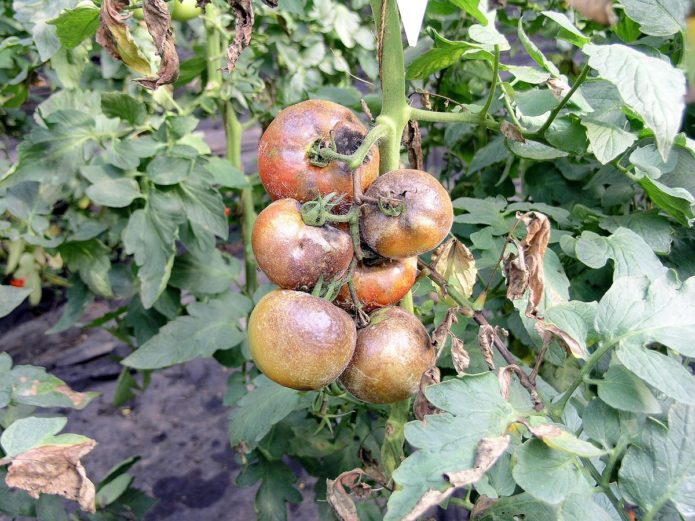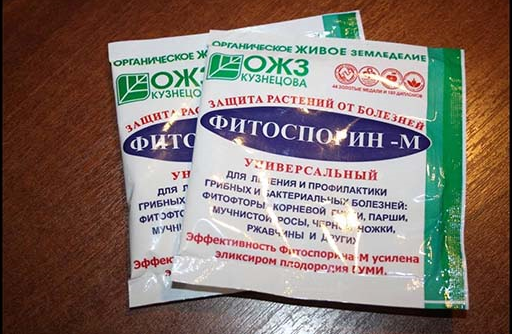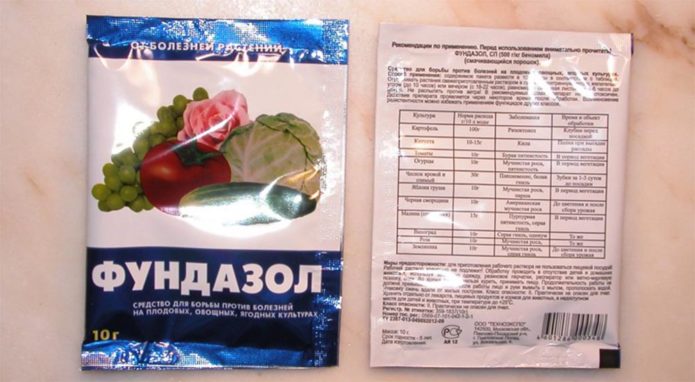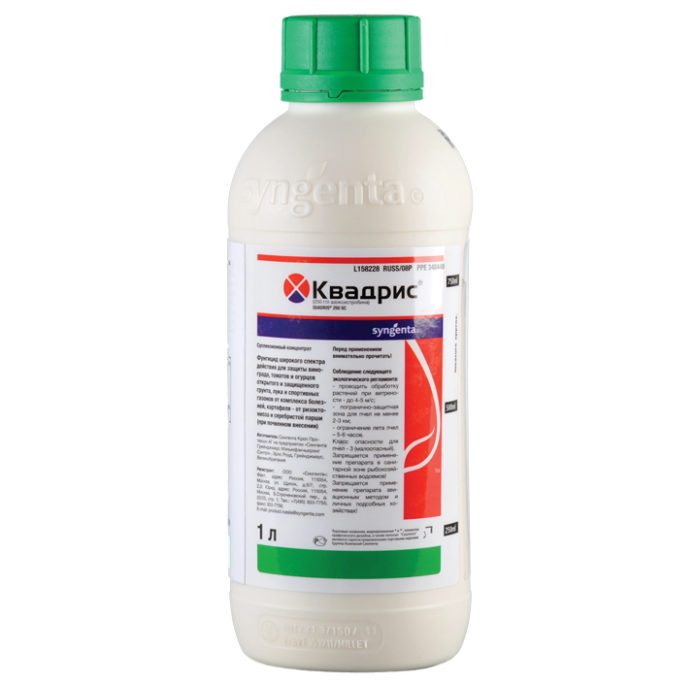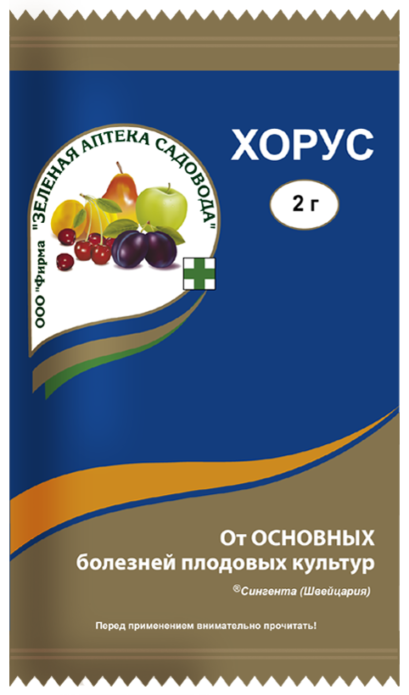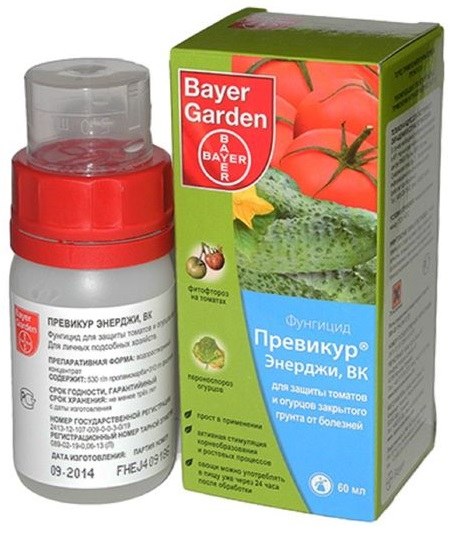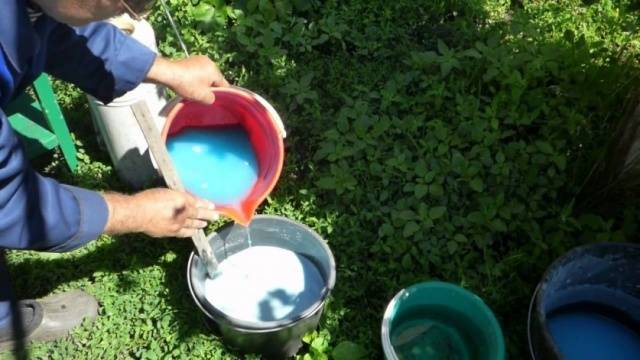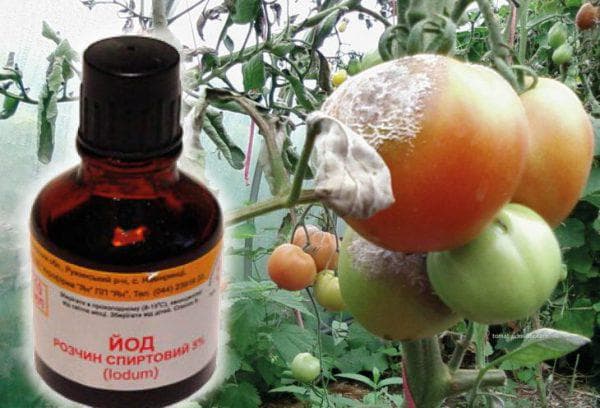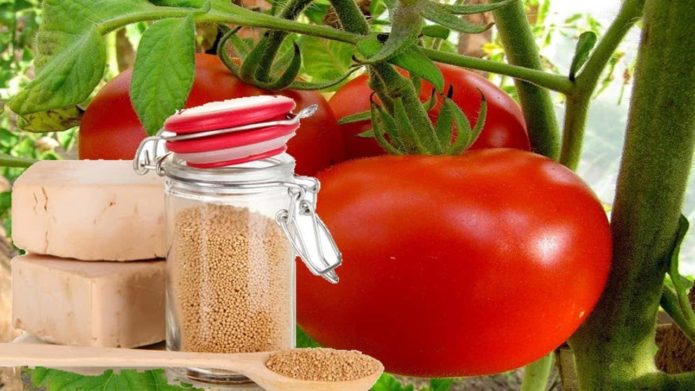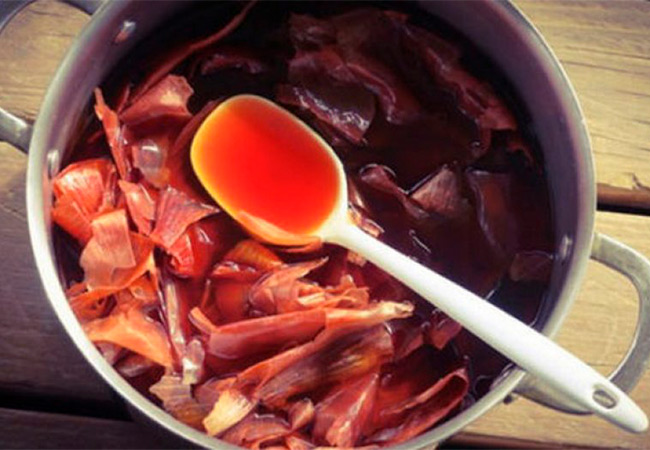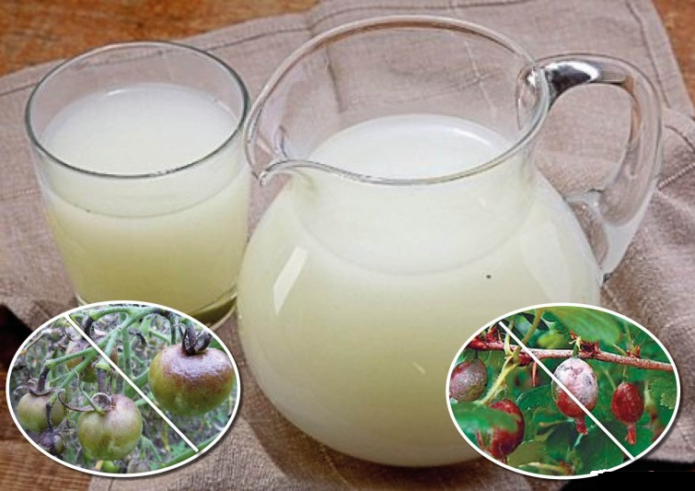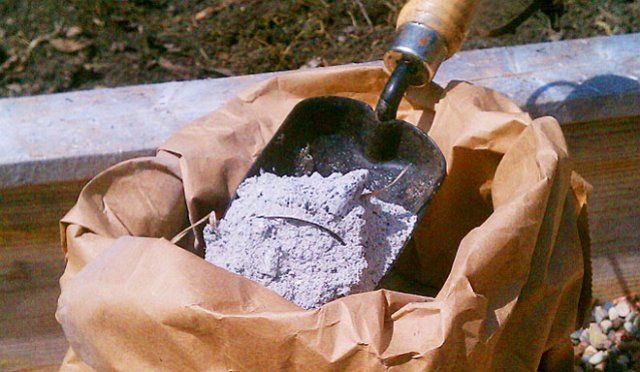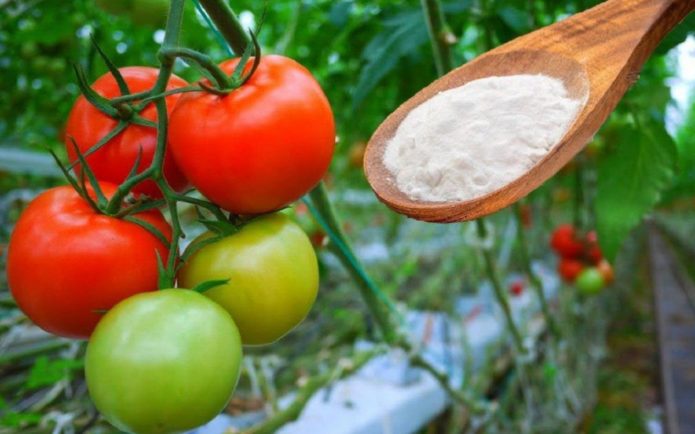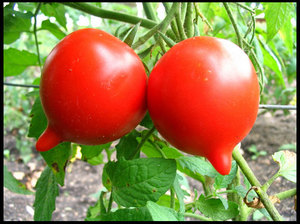Phytophthora is a common disease in tomatoes that causes significant damage to the crop or completely destroys it. An integrated approach will help to avoid such a problem, implying preventive measures and timely treatment of the plant with appropriate means (folk or chemical).
Content
How late blight manifests itself and how it is dangerous
Phytophthora can be interpreted as rot, which spreads first to the leaves, then to the fruits of tomatoes. The disease is manifested by the appearance of a white bloom on the reverse side of the leaf plates. After a few days, dark spots appear on the shoots, which quickly spread to the fruits. If you do not take emergency measures, the tomatoes are deformed and begin to rot, and the bush dies.
Pathogenic spores are activated, leading to late blight, in damp and cool weather, especially with a sharp drop in temperature at night.
Therefore, watering the plants should be moderate and preferably in the morning. Pour water under the root so that drops do not fall on the leaves. Otherwise, excess moisture in the soil and on the foliage together gives an impetus for the development of late blight. August is considered the most dangerous period for tomatoes as the nights get cooler and the humidity rises.
Greenhouse representatives are less susceptible to late blight than those growing in open ground. This is due to the ability to regulate the temperature and humidity conditions by ventilation, which prevents the formation of condensation on the walls. But if the fungus has penetrated into the greenhouse, the processing of tomatoes from late blight should be prompt, because the development of processes is faster than on the street.
Chemical control agents
For the treatment of tomato plantings from late blight, preparations containing copper are used... The plant is processed as soon as the first signs of the disease appear (preferably in the next three days). The first step is to pick off the affected leaves.
Effective fungicides:
- Fitosporin is a natural remedy containing beneficial bacteria and detrimental to disease-causing fungus. In addition, it promotes the fastest regeneration of damaged tissues and improves plant growth. To prepare the solution, you will need 200 g of powder and 400-500 ml of warm water. They are sprayed with bushes 1 time in 7-10 days. More about the action of the drug.
- Fundazole is a systemic drug that, when it enters the plant, has a disinfectant effect. It is introduced by watering or spraying tomatoes during the growing season (the last treatment is done 10 days before harvesting). Dilute 1 g of foundation in 1 liter of water.
- Quadris is an effective remedy at an early stage of late blight development. The drug is not dangerous to humans. It is used three times over the summer (the last time - 5-6 days before removing the tomatoes from the bush).
- Horus is a drug with protective and medicinal properties. It is effective at temperatures up to +25 ᵒС and the effect lasts 36 hours. Therefore, they are treated with plantings in early spring.
- Ridomil is a two-component systemic composition. A solution is prepared against phytophthora: 10–12 g of substance per 4 liters of water. The first spraying of the bushes is carried out before the onset of the disease, the second - after 10-12 days, the third - 2 weeks after harvesting the fruits.
- Previkur is a productive fungicide that not only heals, but also stimulates the growth of tomatoes and strengthens their immunity. Dissolve 1.5 g of Previcur in 1 L of water. The plant is treated in dry and warm weather using the root or foliar method. The components of the drug are activated after 4 hours and last for 3 weeks. More about applications.
Bordeaux liquid
Another remedy that helps get rid of late blight is Bordeaux liquid. A remedy is being prepared based on copper sulfate. Component composition:
- vitriol - 0.3 kg;
- lime - 0.4 kg;
- water - 10 liters.
Cooking sequence:
- Copper sulfate is poured into plastic dishes and a little warm water is added to dissolve the crystals. Then add 5 liters of water.
- Lime is placed in another bucket and diluted with five liters of water. After mixing, a white liquid similar to milk comes out.
- Connect two mash. Only it is necessary to pour vitriol into lime, and not vice versa.
After mixing, the product must be infused for at least three hours. Then the tomato leaves are sprayed.
Copper oxychloride
An alternative to Bordeaux liquid will be copper oxychloride. The solution is prepared by diluting the drug in water (40–45 g per 10 l).
Plants are processed in several passes:
- When the first signs of the disease appear.
- After 10 days.
- 20 days before picking tomatoes.
Many other fungicides are produced on the basis of copper oxychloride:
- Cupritox;
- Zoltosan;
- Blitox.
The optimal consumption of any of the proposed funds is 1 liter of ready-made solution per 10 sq. m. planted area.
Copper sulfate
It is also called copper sulfate. It is an inorganic substance in the form of blue crystals. The soil is treated with a solution every 5 years, which helps to destroy phytophthora spores. Tomato bushes are sprayed in early July. To do this, add 2-3 g of blue crystals to a ten-liter bucket of water. Repeat the procedure before and during fruiting.
Other remedies for phytophthora
Some pharmaceutical preparations can also save the plant from phytophthora:
- furacilin (10 tablets are dissolved in 5 liters of warm water);
- trichopolum (10 tablets per 10 liters of water);
- boric acid (10 g per 10 l of water);
- aspirin (2 tablets per 7 liters of water).
The resulting solutions can be irrigated with tomato foliage until the start of fruit ripening.
Folk remedies
As an addition to the basic treatment options, folk remedies are used. They are also used for tomatoes growing in greenhouse conditions. This is due to the rapid sowing of the fruits, so it is unsafe for humans to process them with chemistry.
Iodine
A solution of iodine saves tomatoes from phytophthora, which has just begun to develop and has not yet caused significant harm to the fruit. For the first time, plantings are processed in mid-June, again - a week later. The final procedure falls in July. It is necessary to spray in calm and dry weather, preferably after sunset.
Prepare a remedy from 10 liters of water and 5 ml of iodine. Its consumption for 1 bush is 1 liter.
In the case of iodine deficiency, fruits are slowly tied, the stems are strongly stretched and the foliage fades.
Yeast
Yeast feeding kills the pathogenic fungus in the plant and soil. In addition, it stimulates the growth of green mass and increases the seedlings' resistance to external negative factors.
To prepare the solution, take:
- dry yeast - 15 g;
- chicken droppings - 500 ml;
- ash - 500 g;
- granulated sugar - 5-7 g
All ingredients are mixed and diluted with water (10 L). The resulting mixture is watered with tomatoes at the root 1 time in 10 days. Prophylaxis begins 7–10 days after planting seedlings in open ground.
Garlic or onion infusion
When tomatoes are affected by late blight, the first thing to do is to disinfect the soil and plants. This will help garlic (onions), which contain phytoncides that can destroy harmful spores. Watering the culture with garlic or onion infusion saturates the soil with useful components.
Infusion recipe:
- Onion or garlic, together with husks, in an amount of 400 g, are poured with boiling water (2 l).
- They wait about two days for the mash to infuse.
- The liquid is diluted with pure water in a ratio of 1: 4.
Tomatoes are fed immediately after planting and during flowering. The procedure is carried out in the evening by root watering, and for prevention, the leaves are sprayed.
Milk serum
Milk whey consists of lactic acid bacteria that adversely affect the phytophthora fungus. After processing the sheet plates, a protective layer forms on them. The only drawback of this method is the short-term effect. After the first rain or watering, the plant protection is washed off.
For external treatment, plants are mixed with a liter of lactic acid product with water (9-10 liters). Spraying is carried out in late May or early June.
Copper wire
Against late blight, the method with copper wire has proven itself well. It is preheated or polished with sandpaper. Then cut into pieces 4–5 cm long, which are stuck into the stems of mature tomato bushes. The puncture is made at the base, at a distance of 10 cm from the ground.
Due to the oxidative processes occurring in the metal, an increased production of chlorophyll occurs in the plant and oxygen exchange increases. As a result, the plant has increased immunity.
Ash
For an ash solution, you will need to pour ash into a ten-liter bucket (up to half the volume) and add water to the brim. Insist on the remedy for 3-4 days and mix in liquid soap (20-30 ml). The resulting product is watered with tomato bushes three times during the growing season: after planting seedlings in the ground, shortly before flowering and after the appearance of ovaries.
Soda
Baking soda strongly counteracts late blight. It is mixed with water at a concentration of 3-4 tbsp. l. 10 liters. With a similar tool, you can not only protect planting from disease, but also stimulate fruit setting. After soda treatment, tomatoes grow more juicy and sugary in taste.
Reviews
For more than one year, my tomato harvest suffered from late blight. No matter what measures I took, nothing helped until I took the advice of my neighbor. She said to buy Furacilin at the pharmacy. I read the recipe for the solution on the Internet. You need to take 10 tablets and dissolve them in 10 liters of water. Conveniently, the solution is stored for a long time if it is in a dark place. The result was not long in coming. In this way, I managed to get rid of late blight forever.
Getting rid of phytophthora is not so easy. I brought it to my site along with the purchased seedlings. Now she began to grow seedlings on her own. And the affected tomatoes had to be uprooted and burned. In place of their growth, I brought in fresh earth and poured a rather thick layer. Thus, it was possible to suppress the activity of the fungus.
One summer, steadily hot weather set in the street. For the sake of prevention, I treated the tomatoes with Bordeaux liquid and the Tomato fungicide. Everything was in order until the heavy rains began. The already poured fruits began to become covered with brown spots, which indicated the development of late blight. In such a situation, processing with something no longer made sense, since most of the crop was lost.
In order to prevent the development of phytophthora on tomatoes, prevention should be carried out in a timely manner and in the future adhere to certain rules for growing crops. So, be sure to observe the crop rotation and do not plant tomatoes after any nightshade crops, especially potatoes. And they also adhere to other conditions of agricultural technology: they moderately water, thin out and tie up the bushes, make potassium-phosphorus fertilizing. At the slightest sign of disease, they are treated with fungicides or folk remedies. And you can combine them, which will give a greater effect.
